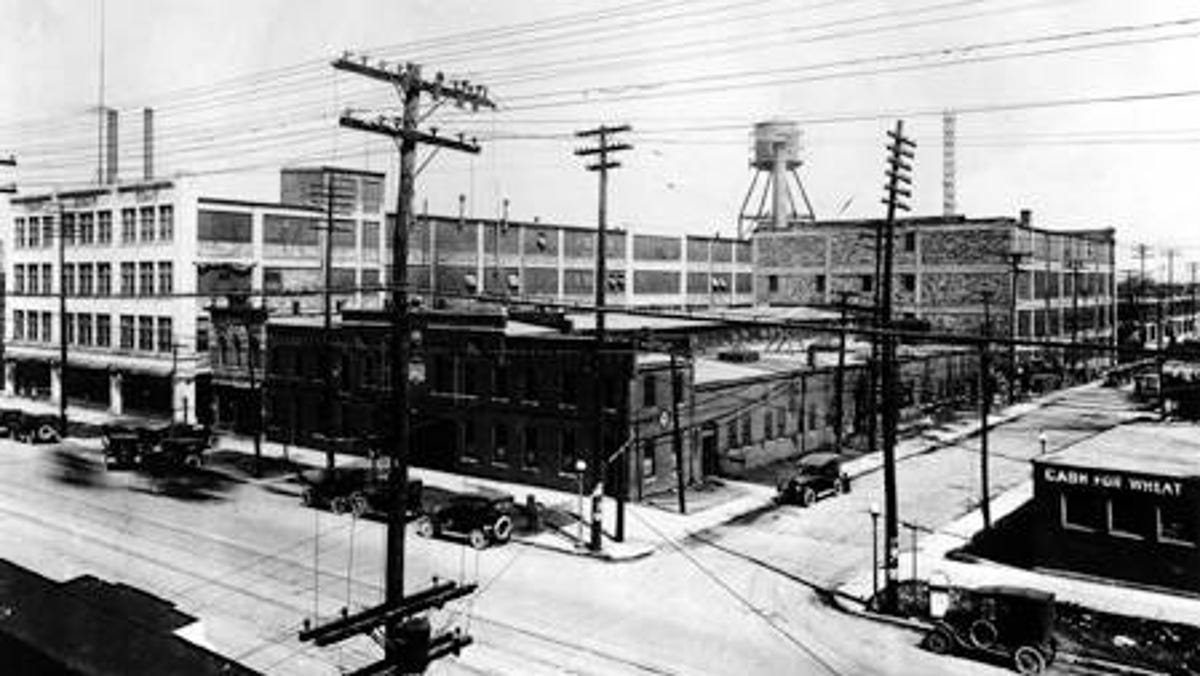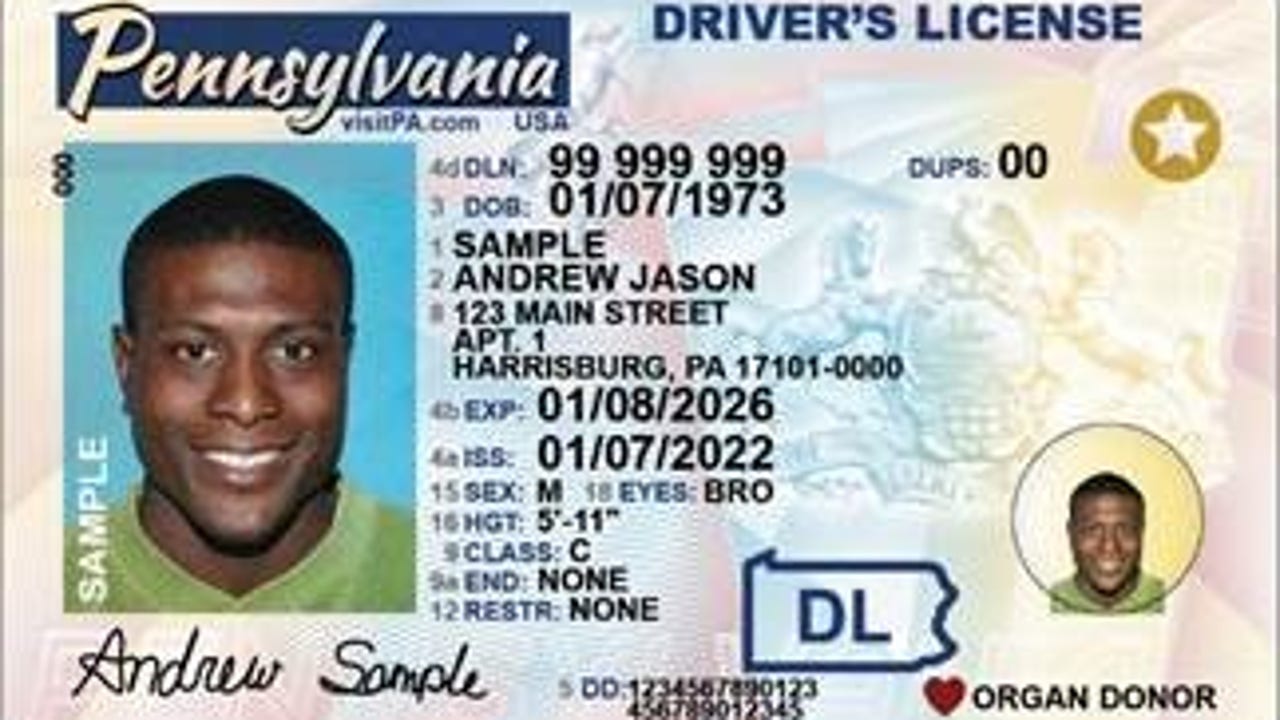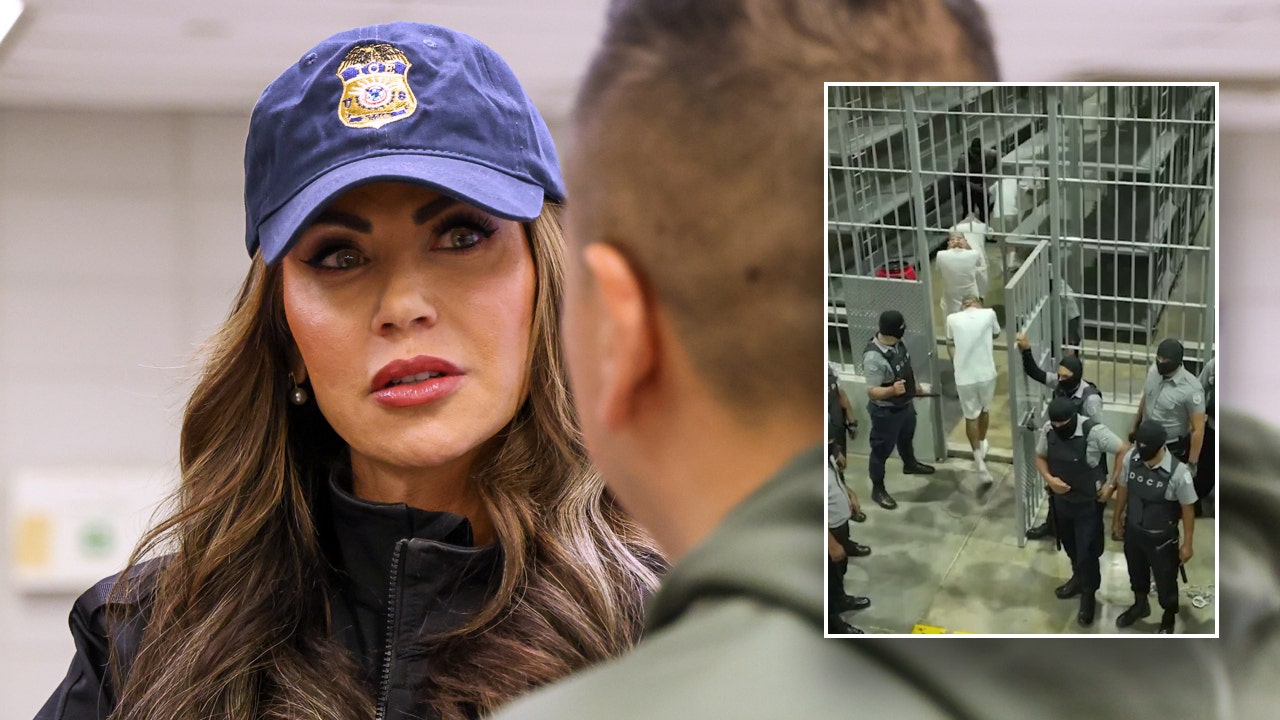Indiana
Indianapolis Motor Speedway Generates $1 Billion To Indiana Economy

Alex Palou of Chip Ganassi Racing Honda, leads during the 107th Running of Indianapolis 500 at … [+]
Getty Images
The Indianapolis Motor Speedway is unique as a sporting facility that is both an international tourist destination and has earned recognition on the National Register of Historic Places by the United States National Park Service.
It is also a tremendous economic engine for Indiana and its capital city of Indianapolis.
A new study by the Indiana University Public Policy Institute provided a comprehensive and detailed look at the $1 billion in annual economic activity generated by events and operations at Indianapolis Motor Speedway. The results were revealed on Tuesday, October 24.
Of this total, more than half – $566.4 million – is attributed to the Month of May and the world-famous Indianapolis 500 Mile Race.
“The Racing Capital of the World is a marquee hub for economic development that directly benefits Central Indiana and the Hoosier State, triggering innovative activity and providing jobs and income for thousands of families,” said IMS President J. Douglas Boles. “The impact and value of IMS and its contributions to Indiana’s economy is invaluable and fuels us to further prioritize our role as a key driver of progress and impact moving forward.”
Fireworks over the Indianapolis Motor Speedway Pagoda at 6 a.m. before the 107th Running of the … [+]
Getty Images
The Indianapolis 500, which this past pay drew a crowd announced at 330,000 spectators by Indianapolis Motor Speedway owner Roger Penske on Race Day, and close to 500,000 spectators for all “Month of May” activities at the Indianapolis Motor Speedway, exceeds the economic impact of many of the top sporting events in the United States.
It should be noted, however, that the total economic impact of $566.4 million is for a 21-day period in May, while the other sporting events are measured for one week or one weekend.
But the comparisons are still quite impressive.
According to information from the economic impact study, the Central Indiana local economy enjoyed $156.6 million in economic impact for the 2022 College Football Playoff National Championship Weekend. In 2012, Indianapolis was the host of the Super Bowl, which generated $278 million.
It projects an estimated $250 million of economic impact will be generated for the 2024 NBA All-Star Game, hosted by the Indiana Pacers.
On a national scale, the 2022 PGA Championship in Tulsa, Oklahoma generated $157 million, the 49th AAU Junior National Volleyball Championship in Central Florida generated $228 million to that area’s economy, $300 million was generated for the Tournament of Roses including the annual Rose Bowl Game in Pasadena, California.
The 2022 Formula One Miami Grand Prix accounted for $349 million in economic impact to South Florida. In tennis, the U.S. Open in New York city generated $420 million.
At the top of the list was the 2023 Super Bowl in Phoenix, which enjoyed an economic impact of $600 million this past February.
The 2023 study addressed the direct and indirect economic contributions made by IMS between June 1, 2022 and May 31, 2023. Included in the analysis were IMS operations; spending by visitors to IMS for events like the Indianapolis 500 presented by Gainbridge, Brickyard Weekend and other events and activities like the SVRA Invitational and Intercontinental GT
GT
Among the statistics from the extensive study, a total of $1.058 billion to the Indiana economy. The NASCAR Brickyard Weekend in 2022 accounted for $117.2 million and as previously mentioned, the Indianapolis 500 and the Month of May in 2023 accounted for $566.4 million.
Visitors within 100 miles of the Indianapolis Motor and Speedway accounted for $86 million and other events and activities accounted for $375.1 million.
Events at the Indianapolis Motor Speedway generated 8,440 direct and indirect full-time equivalent jobs, totaling an estimated $360 million in labor income.
The impact of IMS supports local businesses through out-of-town visitor spending at area establishments, including lodging and food. In addition, the resulting tax revenue from employee wages benefits Indiana localities and the state.
The last economic impact study was conducted in 2013 and determined that IMS generated more than $510 million annually to the Indiana economy at that time.
Over the last decade, the growth has been influenced by additional motorsports events and activities, as well as increased attendance at marquee events. The growth of race teams and motorsports-related businesses in the area also contribute to the increased impact.
“This study demonstrates the incredible reach of IMS races and entertainment that goes well beyond the Central Indiana region,” said PPI Director Tom Guevara. “We are proud to once again partner with IMS to analyze the economic impact of their iconic events and facilities, which are the result of many more events, more race teams, and more attendance, especially at the world-famous Indianapolis 500.”
The IU Public Policy Institute is a collaborative research arm within the O’Neill School of Public and Environmental Affairs at Indiana University.
INDIANAPOLIS, IN – MAY 28: NTT IndyCar drivers and crews and fans fill the grid before the start of … [+]
Icon Sportswire via Getty Images
The study captures the economic and fiscal contributions to the Indiana economy for the period of time between June 1, 2022 and May 31, 2023 related to Indianapolis Motor Speedway expenditures and spin-off spending that would not occur but for the presence of IMS in Indiana. Included in the analysis are the 2022 Brickyard Weekend, 2023 Month of May (including the 2023 Indianapolis 500 presented by Gainbridge) and other ancillary events at the Indianapolis Motor Speedway.
Visitors to IMS for other events and activities like the SVRA Invitational and Intercontinental GT Indianapolis 8-Hour, the Brickyard Crossing Golf Course and IMS Museum contributed an additional $375.1 million to the economy.
Through direct employment of IMS employees and indirect or partial employment of event staff and local business staff, IMS sustained 8,440 full-time equivalent (FTE) employees, whose total labor income was $360 million.
Brickyard Weekend 2022 sustains 1,275 FTE employees, whose total labor income was $46.4 million.
Month of May 2023 sustains 3,783 FTE employees, whose total labor income was $155.2 million.
Visitors to IMS for other events and activities like the SVRA Invitational and Intercontinental GT Indianapolis 8-Hour, the Brickyard Crossing Golf Course and IMS Museum sustains an additional 3,382 FTE employees, whose total labor income was $158.4 million.
Speedway, IN – May 28: Inside the field near turn 3 there is a “Snake Pit” concert which goes all … [+]
Boston Globe via Getty Images

Indiana
New Indiana Democratic Party chair says opportunities for expansion exist

INDIANAPOLIS (WISH) — The new chair of the Indiana Democratic Party said it’s possible to unify the party’s base while still appealing to new voters.
Former state Sen. Karen Tallian was elected party chair on March 15. In an interview with News 8 for All INdiana Politics, she said the party’s base has splintered and it’s time to bring everyone back together. Moreover, she said Democrats need to prioritize voter turnout, particularly among their own base. Even as this happens, she said she sees an opportunity to peel off voters exasperated with the direction the Republican Party has taken.
“I really believe that a lot of what’s going on right now has become so disruptive, so awful on so many different levels, that we will get to bring people back,” she said. “This is our opportunity to say, look, we are the party of working people and rational programs.”
Democrats have not won any statewide election since 2012 and have not won the governor’s race since 2000. To reverse that, Tallian said the party needs to bring people back to the table.
She said political attitudes ebb and flow over time and she expects voters will tire of Trump-style conservatism, particularly if it leads to gutting programs and services ranging from Social Security to national parks.
Tallian said the party should work to peel off disaffected Trump voters, such as some of those within organized labor. Some within the labor community have told Tallian they’re willing to come back to the Democratic camp.
“I think we can do this. I wouldn’t be sitting here if I didn’t believe the Democratic party could not do this,” she said.
The Indiana Democratic Party has been rocked in recent months by sexual harassment scandals involving two Indianapolis Democrats.
In July and August, three former staffers accused Thomas Cook, former chief of staff and chief deputy mayor under Mayor Joe Hogsett, of making unwanted sexual advances. Then, in November, a total of six former staffers accused then-Senate Minority Leader Greg Taylor of sexual harassment. Senate Democrats initially reelected Taylor to his post but later ousted him from leadership.
Tallian said the party as an organization can censure accused harassers if necessary but can do little otherwise because elected officials are responsible to voters and their caucuses, not the party organization itself. She said it’s up to the General Assembly to discipline any member accused of misconduct. As for party staff, Tallian said the Indiana Democratic Party recently updated its sexual harassment prevention policy and has a robust system in place.
All INdiana Politics airs at 9:30 a.m. Sundays on WISH-TV.
Indiana
South Carolina vs. Indiana prediction, picks for 2025 women’s basketball NCAA Tournament

It’s South Carolina vs. Indiana in the 2025 NCAA Tournament first round. See our expert picks and predictions for the women’s March Madness bracket, along with betting odds and game time.
Are we underestimating Dawn Staley and South Carolina this year?
USA Today’s Mackenzie Salmon and Meghan Hall talk about how this women’s South Carolina team is slightly overlooked as we approach March Madness.
Sports Seriously
The 2025 NCAA women’s Tournament rolls into the second round on Sunday.
Defending national champ South Carolina, which holds a No. 1 seed, hosts No. 9 Indiana, a rematch of a Sweet 16 contest last season.
The Gamecocks (31-3) are aiming to make their 11th consecutive appearance in the Sweet 16, while the Hoosiers are looking to make the Sweet 16 for the fourth time ever and third time in the last four years.
Here’s how our experts see Sunday’s second-round game playing out. Be sure to check out USA TODAY’s complete March Madness bracket breakdown for in-depth analysis. While you’re at it, don’t forget to read our tournament upset picks and players who could make a splash.
South Carolina vs. Indiana picks and predictions
South Carolina vs. Indiana date, start time, how to watch
- Game Day: Sunday, March 23, 2025
- Game Time: 3 p.m. ET
- Location: Colonial Life Arena, Columbia, S.C.
- TV Channel: ABC
- Live Stream: Fubo – Watch Now!
Watch South Carolina vs. Indiana on Fubo
South Carolina vs. Indiana odds
Odds via BetMGM as of Saturday.
- Spread: South Carolina -22.5
- Moneyline Favorite: South Carolina -25000
- Moneyline Underdog: Indiana +3000
- Total: 136.5
Indiana
South Carolina Women’s Basketball Matchup vs Indiana – Second Round Showdown

The South Carolina Gamecocks Dominated their round one opponent in the Women’s March Madness tournament. Now, we take a look at Indiana.
For the second straight season, the South Carolina Gamecocks are set to face off against the Indiana Hoosiers in the NCAA’s Women’s March Madness tournament. The Gamecocks are fresh off a 108-48 win over Tennessee Tech in the first round.
The South Carolina Gamecocks are the deepest team in Women’s College Basketball. Not only do they lead the nation in bench points, but they play a staggering 13-player rotation under head coach Dawn Staley.
The Hoosiers enter the contest at the 9th seed in the region, carrying a (20-12) overall record on the season. Though they are a team that’s perhaps figured things out with time off. They finsihed the regular season and conference tournament with a (4-5) record over their last nine games.
South Carolina on the other hand has lost four games in the last three seasons. They are the considerable favorite in the contest.
Gamecock Notables
(Per GamecocksOnline)
Join the community:
You can follow us for future coverage by clicking “Follow” on the top right-hand corner of the page. Also, be sure to follow us on X at @GamecocksDigest and on Facebook!
You Might Also Like:
-
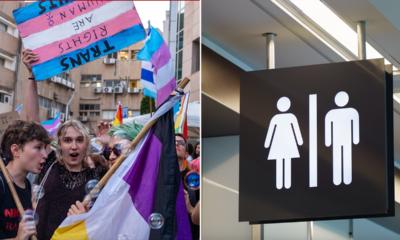
 Midwest1 week ago
Midwest1 week agoOhio college 'illegally forcing students' to share bathrooms with opposite sex: watchdog
-

 News1 week ago
News1 week agoJudges threatened with impeachment, bombs for ruling against Trump agenda
-

 World1 week ago
World1 week agoRussia, China call on US to drop Iran sanctions, restart nuclear talks
-
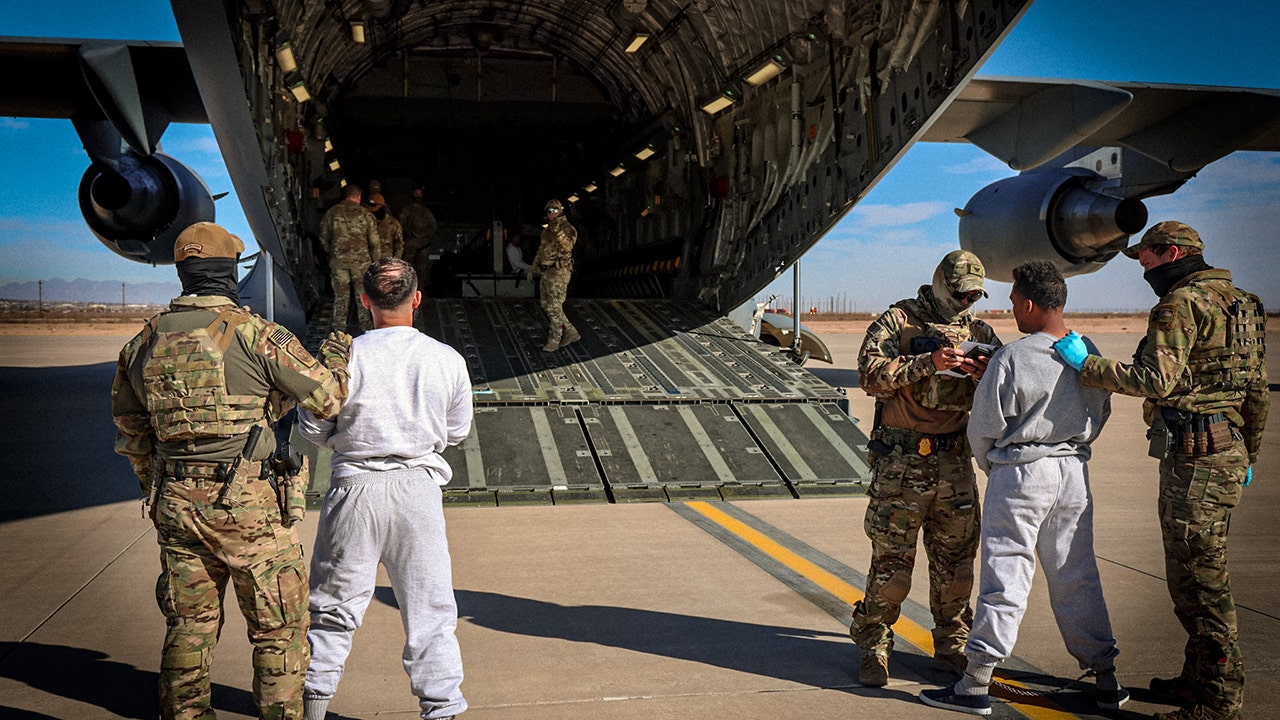
 Politics1 week ago
Politics1 week agoAll illegal migrants held in Guantanamo Bay, Cuba have been sent to Louisiana
-

 News1 week ago
News1 week agoFor Canadians Visiting Myrtle Beach, Trump Policies Make the Vibe Chillier
-

 News1 week ago
News1 week agoArlington National Cemetery stops highlighting some historical figures on its website
-

 News5 days ago
News5 days agoVance to Lead G.O.P. Fund-Raising, an Apparent First for a Vice President
-

 News1 week ago
News1 week agoBlack Lives Matter Plaza Is Gone. Its Erasure Feels Symbolic.


